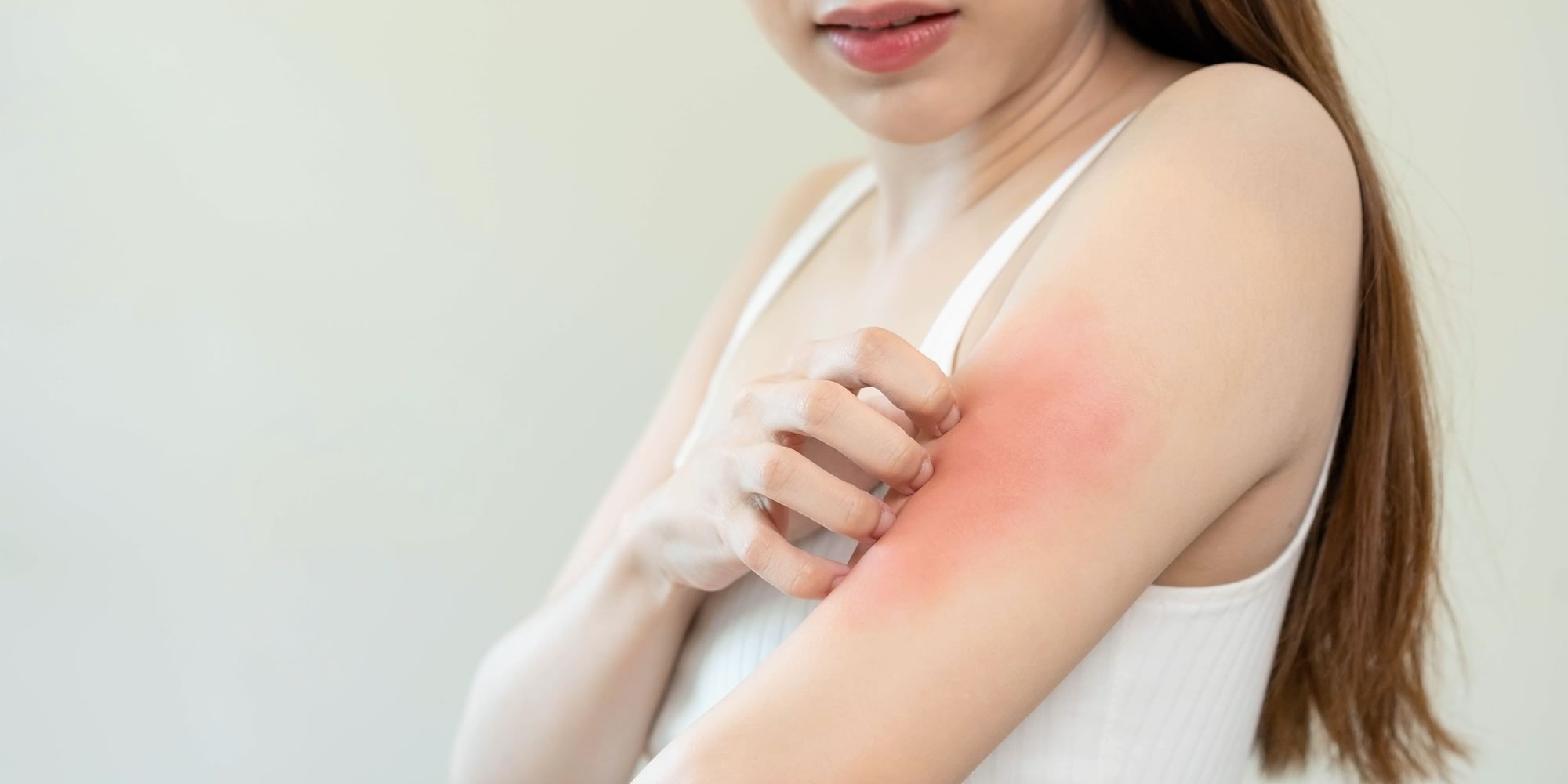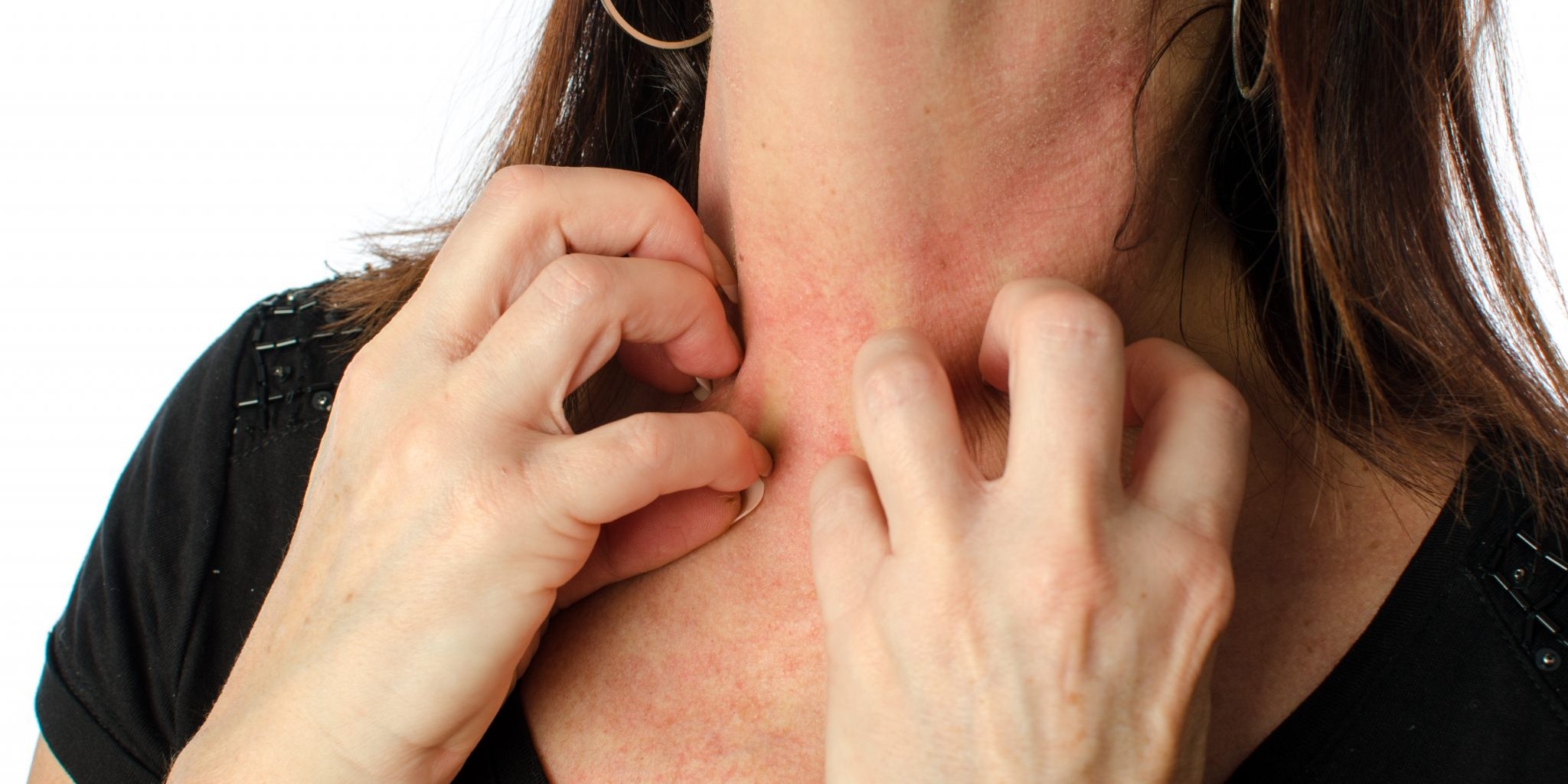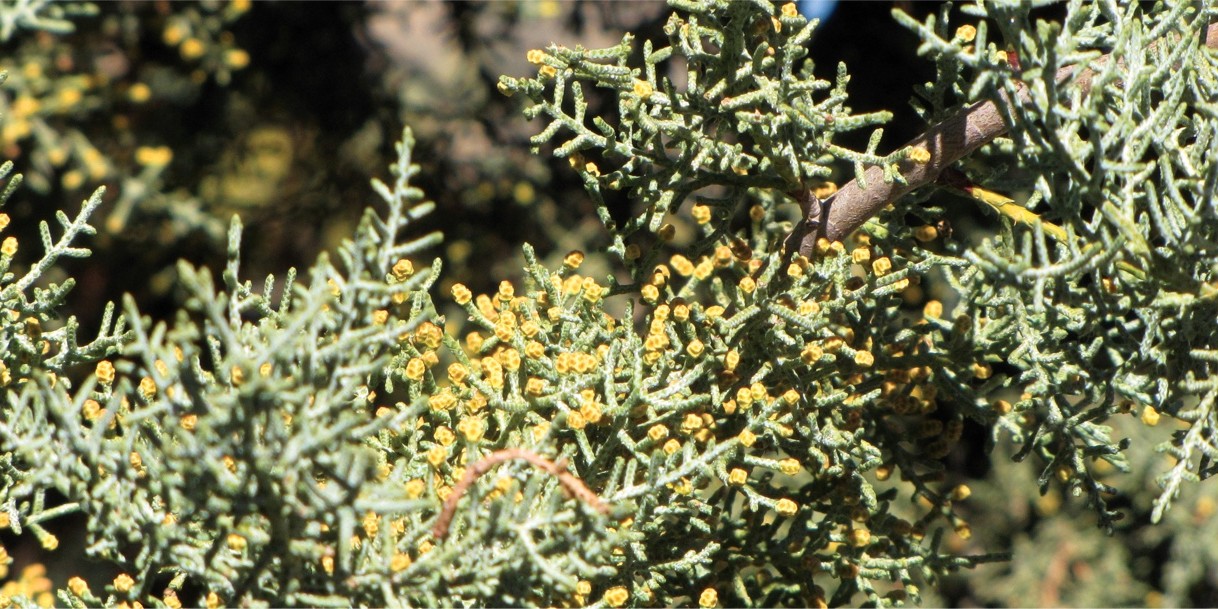Six More Weeks of Winter
February 7, 2022
The first official Groundhog Day celebration took place on February 2, 1887, in Punxsutawney, Pennsylvania, and was the brainchild of local newspaper editor Clymer Freas. He sold a group of businessmen and groundhog hunters on the idea of gathering around the inaugural famous groundhog to see…
Eczema and Atopic Dermatitis
November 29, 2021
We have made it to the highly anticipated holiday season! We ate more than our share of turkey, taken down the last of the fall décor, have started trimming the tree, and are double down on the holiday gift lists. With winter weather upon us or in the near future, and personal care products a…
Skin Care Tips: Atopic Dermatitis & Eczema
February 22, 2021
From Amanda Hofmann, VP Clinical at United Allergy Services: Earlier this month, the famous groundhog, “Punxsutawney Phil”, saw his shadow and promised 6 more weeks of winter. This past week, Phil showed he was serious about that promise as winter storms swept across most of the US. This recent…
‘Tis the season for Cedar Fever
December 7, 2020
In parts of Texas and surrounding areas, cedar allergies are one last health challenge in an already difficult year. 2020 has been one for the ages, headlined by the widespread impact of the COVID pandemic. While Americans and the rest of the world await a vaccine, there are other concerns that can…
David Boone on at-home allergy shots as potential long-term relief from “cedar fever”
January 7, 2020
Winter doesn't spell relief for all allergy sufferers -- especially in Texas and parts of other nearby states, where the colder weather signals the beginning of mountain cedar season. Cedar is one of the most severe allergens in areas where it is found. While locals will recognize the heavy,…
Is It a Cold or Winter Allergies?
February 12, 2014
If you’re sniffling and sneezing this winter, you might think it’s a winter cold or flu — but it could be allergies. “In the winter, most of the allergies that you’re going to suffer from are going to be indoor allergies — mold, cockroaches, dust mites and animal dander,” Joan Lehach, M.D., an…
Cedar and allergy symptoms hit highest levels of the season
January 20, 2014
Those aren't puffs of smoke drifting on the horizon. They are clouds of pollen from mountain cedar trees, the winter scourge of Central and South Texas. On Thursday, mountain cedar counts shot up to 34,280 grains of pollen per cubic meter, the highest level this season but well below the record…
Reducing Indoor Allergies This Winter
January 6, 2014
The weather outside may be frightful this time of year, making a toasty fire indoors so delightful. However, for many Americans, this cozy inside feeling may not last very long due to indoor allergens and overall poor air quality. The Asthma and Allergy Foundation of America (AAFA) reports “50…
What sets off your asthma?
January 24, 2013
Winter can be tough on asthma sufferers: Cold, dry air can set off symptoms, including shortness of breath, chest tightness, wheezing and coughing. But you can reduce your exposure and minimize symptoms. Here are three triggers linked to cold weather, and tips to help protect your health:
Flu Symptoms Could be Winter Allergies
January 23, 2013
Are you worried that you're getting a cold? It might actually be something else. This flu season is shaping up to be one of the worst in years. But not every sniffle and sneeze signals the flu or a cold. They could mean winter allergies.





